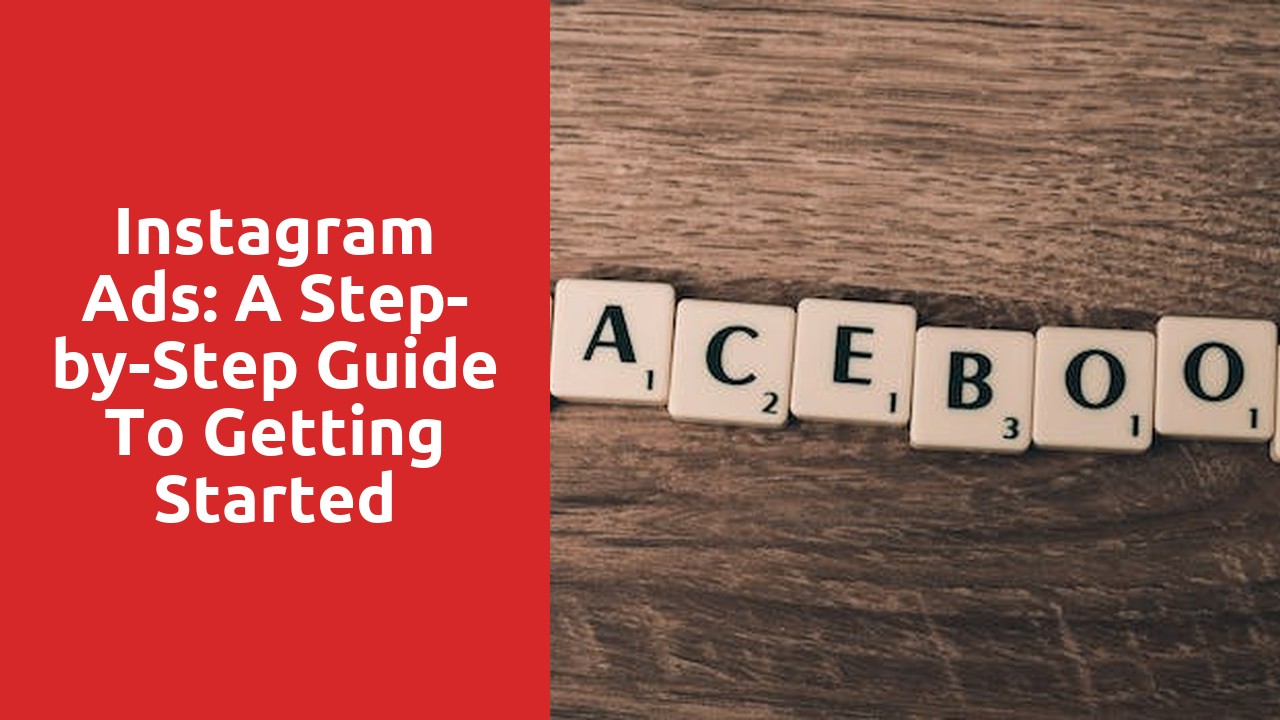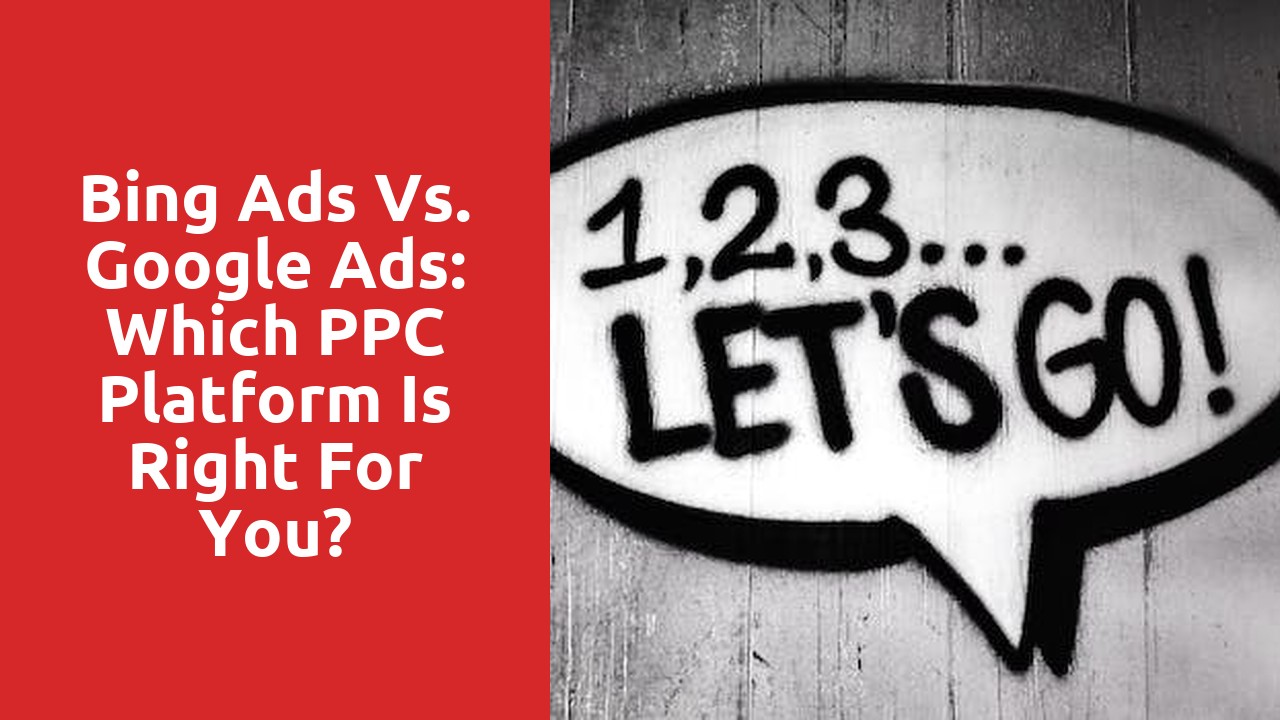Understanding the Basics of PPC Advertising
To effectively understand the basics of PPC advertising, it is crucial to grasp the fundamental concept that sets it apart from other forms of online marketing. PPC, which stands for pay-per-click, is an advertising model where advertisers pay a fee each time one of their ads is clicked. This means that instead of paying for the ad placement itself or the number of times the ad is displayed, the cost is directly linked to the number of clicks received.
A critical component within PPC advertising is the selection of relevant keywords. Keywords are specific words or phrases that people enter into search engines when looking for information or products. Advertisers bid on keywords that are relevant to their target audience, and this bid determines their ad’s position in the search engine results. The higher a keyword’s bid, the more likely an ad will show up in prominent positions on the search results page. This strategic selection and bidding on keywords allow advertisers to reach the right audience at the right time.
Exploring the Advantages of Bing Ads
Bing Ads, the advertising platform provided by Microsoft’s search engine, offers a range of advantages to businesses looking to increase their online visibility. One key advantage is the potential to reach a highly targeted audience. Bing Ads allows advertisers to target specific demographics, locations, and even the devices used by their target audience. This level of targeting ensures that ads are shown to those who are most likely to be interested in the products or services being promoted. By reaching a relevant audience, businesses can maximize their advertising budget and increase the likelihood of conversion.
Another advantage of Bing Ads is its lower competition compared to other search engines. While Google Ads may dominate the online advertising space, Bing Ads presents an opportunity for businesses to stand out from the crowd. With fewer advertisers vying for ad placements, businesses may find it easier to achieve higher ad rankings and visibility on Bing. Additionally, the lower competition often translates to lower cost-per-click rates, allowing advertisers to stretch their budget and potentially reach a broader audience. Overall, Bing Ads provides businesses with a valuable platform to increase their online presence and target their ideal customers effectively.
Examining the Benefits of Google Ads
In today’s digital age, online advertising has become an integral part of any successful marketing strategy. One of the most effective tools in this realm is Google Ads. With its vast reach and precision targeting capabilities, Google Ads provides businesses with numerous benefits that can help drive their online visibility and boost conversions.
One of the primary advantages of using Google Ads is its ability to reach a wide audience. With millions of people using Google every day to search for products and services, businesses have the opportunity to showcase their ads to a massive user base. This extensive reach allows companies to target potential customers at various stages of the consumer journey, from awareness to purchase intent. By harnessing the power of Google Ads, businesses can increase brand visibility and connect with their target market on a global scale.
Determining Your Target Audience and Advertising Goals
When it comes to advertising, one of the crucial steps is determining your target audience. In order to effectively connect with your potential customers, you need to understand who they are, what they need, and what motivates them. By identifying your target audience, you can tailor your marketing strategies and messages to meet their specific interests and preferences. This not only increases the chances of reaching and resonating with them but also improves the overall efficiency and effectiveness of your advertising campaigns.
In addition to determining your target audience, it is equally important to set clear advertising goals. What do you want to achieve through your advertising efforts? Are you looking to increase brand awareness, drive more website traffic, generate leads, or boost sales? Defining your goals will help you create focused and targeted advertising strategies that align with your desired outcomes. Moreover, having specific goals in mind provides a benchmark for measuring the success of your advertising campaigns and allows you to make necessary adjustments along the way.
Comparing the Targeting Capabilities of Bing Ads and Google Ads
When it comes to advertising on digital platforms, businesses have a wide array of options to choose from. Two of the most popular choices are Bing Ads and Google Ads. Both platforms offer powerful targeting capabilities that can help businesses reach their desired audience effectively.
Google Ads, being the dominant player in the online advertising industry, offers a vast reach with access to billions of users across various platforms, including Google Search, YouTube, and the Google Display Network. Its targeting capabilities are extensive, allowing advertisers to narrow down their audience based on demographics, interests, location, and even specific keywords. With Google Ads, businesses have the advantage of reaching a large and diverse audience, potentially increasing their chances of conversions.
On the other hand, Bing Ads may not have the same level of reach as Google Ads, but it shouldn’t be overlooked either. Bing is the default search engine for Microsoft’s Edge browser and powers Yahoo search as well, giving it access to a substantial user base. Bing Ads provides advertisers with robust targeting options, including demographic targeting, location-based targeting, and even device targeting. Additionally, it offers unique features like LinkedIn profile targeting, which allows businesses to reach professionals and decision-makers directly.
Overall, while Google Ads offers a broader reach, Bing Ads provides unique targeting options and the potential to reach a more specific and focused audience. Businesses should carefully consider their target market and advertising goals before deciding which platform to invest in.
Analyzing the Cost and Return on Investment (ROI) of Bing Ads
In today’s digital advertising landscape, businesses have an array of platforms to choose from when it comes to reaching their target audience. One such platform that has gained traction in recent years is Bing Ads. This powerful advertising tool allows businesses to showcase their products and services to a large and diverse audience. However, as with any advertising campaign, it is crucial to analyze the cost and return on investment (ROI) of using Bing Ads. This analysis can help businesses determine if this platform is the right fit for their marketing goals and objectives.
When it comes to analyzing the cost of using Bing Ads, it is important to consider several factors. Firstly, businesses should evaluate the cost per click (CPC) and the average cost per acquisition (CPA) on this platform. By comparing these costs to industry benchmarks, businesses can get a sense of the value they are getting for their money. Additionally, it is essential to assess the competition and bidding strategies on Bing Ads to ensure that the cost of advertising remains within a reasonable range.
Once the cost analysis is complete, it is equally important to evaluate the return on investment (ROI) of using Bing Ads. This can be done by tracking key performance indicators (KPIs) such as click-through rates (CTR), conversion rates, and revenue generated from Bing Ads campaigns. By analyzing these metrics, businesses can determine if their investment in Bing Ads is yielding the desired results. Moreover, businesses should also consider the long-term benefits of using Bing Ads, such as brand awareness and customer engagement, which may not be easily quantifiable but can contribute to overall success.
In conclusion, analyzing the cost and return on investment (ROI) of Bing Ads is crucial for businesses looking to make informed decisions about their digital advertising strategies. By evaluating the cost of using this platform and assessing the ROI it delivers, businesses can determine if Bing Ads aligns well with their marketing goals and objectives. This analysis will not only help businesses make efficient use of their advertising budget but also maximize their chances of reaching their target audience and achieving measurable results.













